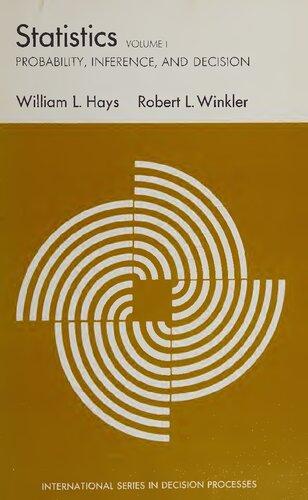Suppose that a marketing manager is interested in p, the proportion of con sumers that will buy
Question:
Suppose that a marketing manager is interested in p, the proportion of con¬
sumers that will buy a particular new product. He considers the following two hypotheses:
H0:p = .10 Hi'.p = .20.
His prior probabilities are P (p = .10) = .85 and P (p = .20) = .15, and a random sample of 8 consumers results in 3 consumers who state that they will buy the product if it is marketed.
(a) What is the prior odds ratio?
(b) What is the likelihood ratio?
(c) What is the posterior odds ratio?
(d) The manager decides that the posterior probability of H0 must be no larger than .40 to make it worthwhile to market the product. Should the product be marketed?
(e) On the basis of the sample information alone, should the product be marketed? If the decision is made on this basis, what is implied about the prior distribution?
Step by Step Answer:

Statistics Probability Inference And Decision
ISBN: 9780030778056
1st Edition
Authors: Robert L. Winkler, William L. Hays






